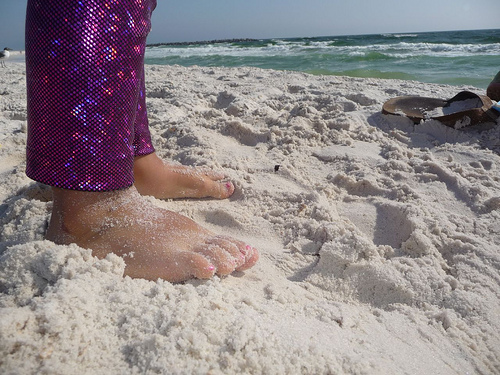In this era of a malicious-doomed apprehension, another brick in the wall — although the US is low on the lost chart, this new climate-change consequence of losing shoreline is part-n-parcel for the nowadays.
 Image above is an aerial view of Pismo Beach, California (found here), where I lived for way-most of the 1990s, half-a-block from the Pacific Ocean. As far as sea sides are concerned, I’ve spent most of my life in close proximity to ocean beaches — my youth, grade school through college, was spent along the Florida panhandle in near vicinity to the crystal-white beaches of the Gulf of Mexico, and until just recently, I also resided close to beaches of the Lost Coast region of northern California.
Image above is an aerial view of Pismo Beach, California (found here), where I lived for way-most of the 1990s, half-a-block from the Pacific Ocean. As far as sea sides are concerned, I’ve spent most of my life in close proximity to ocean beaches — my youth, grade school through college, was spent along the Florida panhandle in near vicinity to the crystal-white beaches of the Gulf of Mexico, and until just recently, I also resided close to beaches of the Lost Coast region of northern California.
Although supposedly the dying beachfront is a time away, it’s still a hurtful reminder of the shit going on that’s a bad reckoning for humanity — via the Guardian this morning:
Almost half of the world’s sandy beaches will have retreated significantly by the end of the century as a result of climate-driven coastal flooding and human interference, according to new research.
The sand erosion will endanger wildlife and could inflict a heavy toll on coastal settlements that will no longer have buffer zones to protect them from rising sea levels and storm surges.
In addition, measures by governments to mitigate against the damage are predicted to become increasingly expensive and in some cases unsustainable.
In 30 years, erosion will have destroyed 36,097km (22,430 miles) or 13.6-percent of sandy coastlines identified from satellite images by scientists for the Joint Research Centre (JRC) of the European commission.
They predict the situation will worsen in the second half of the century, washing away a further 95,061km or 25.7-percent of Earth’s beaches.
These estimates are far from the most catastrophic; they rely on an optimistic forecast of international action to fight climate breakdown, a scenario known as RCP4.5.
In this scenario of reduced ice-cap melting and lower thermal expansion of water, oceans will only have risen by 50cm by 2100.
However, if the world continues to emit carbon at its current rate, sea levels will rise by an estimated 80cm, according to the Intergovernmental Panel on Climate Change.
If this happens, a total of 131,745km of beaches, or 13-percent of the planet’s ice-free coastline, will go under water.
Around the globe, the average shoreline retreat will be 86.4 metres in the RCP4.5 scenario or 128.1 metres in the high-carbon scenario, though amounts will vary significantly between locations.
Flatter or wilder coastlines will be more affected than those where waterfronts are steeper, or those artificially maintained as part of coastal development.
In the best-case scenario, the UK will lose 1,531km or 27.7-percent of its sandy coast, and 2,415km (43.7-percent) in the worst case.
Australia (14,849km lost) and Canada (14,425km) are predicted to be the worst-affected countries, followed by Chile (6,659km), Mexico (5,488km), China (5,440km) and the US (5,530km).
The Gambia and Guinea-Bissau have short coastlines, but both are predicted to lose more than 60-percent of theirs.
And we know there’s most-likely no climate mitigation in the actual works — as a lover of all beaches, this sucks…
 (Illustration: A child standing upon the white beaches of the Gulf of Mexico, found here).
(Illustration: A child standing upon the white beaches of the Gulf of Mexico, found here).